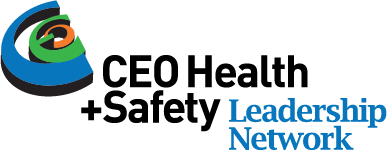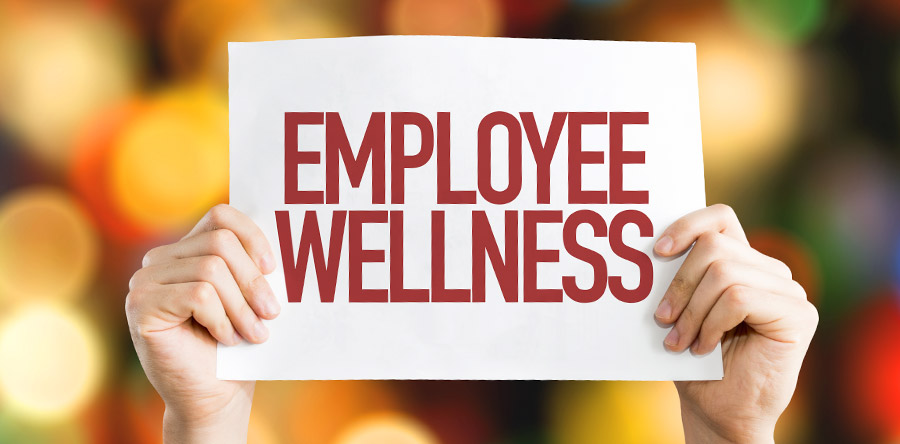The challenge
Most CEOs and senior leaders know why and what they need to do to create a psychologically safe workplace; however, knowing how to do it is a bigger challenge.
In 2020, The Conference Board of Canada published Mental Harm Prevention Roadmap, developed by Howatt HR and Workplace Safety & Prevention Services. The Roadmap provides employers, regardless of business type, size and budget, practical steps to reduce mental harms and promote mental health.
WSPS just launched the Mental Health Roadmap microsite - MentalHealthRoadmap.wsps.ca
The Roadmap is a flexible resource that guides psychological health and safety facilitators through eight building blocks designed to influence the employee experience and workplace mental health positively. It is based on a Plan - Do - Check - Act framework, which reinforces the focus on continuous improvement and learning.
In some workplaces, a person is dedicated to facilitating mental health strategies and initiatives on a part or full-time basis. In others, it is an informal position. Regardless of how they fill this role, facilitators need to feel confident in recommending and implementing mental health initiatives and strategies to leaders, their peers and colleagues.
If facilitators lack the confidence or skills to recommend and implement mental health strategies, the organizations they work for achieve the desired results.
The Roadmap is intended to help facilitators assess the current state and prioritize the building blocks they want to focus on based on organizational priorities, needs, budget, resources and capacity.
Read more: CEO Playbook for psychological health.
The study
With this in mind, WSPS and Howatt HR, in partnership with Saint Mary's University researcher Dayna Lee-Baggley, have been studying whether exposing facilitators to the Roadmap would help build their confidence.
WSPS recruited nine organizations to participate in the study. Each was assigned one WSPS consultant as a Roadmap coach to help transfer knowledge based on the context and culture of each organization.
At the start of the study, Facilitators were asked to complete a self-efficacy (confidence) questionnaire and an intake assessment to identify what their organization is doing toward workplace mental health, and the key performance indicators they use to measure success. They were also asked to have employees complete the Mental Fitness Index (MFI).
In addition to assessing each employees' mental fitness, the MFI captures perceptions of psychosocial factors and hazards, stigma, the impact of current programs, and experience with respectful workplace concerns (e.g. bullying).
Having employees complete the MFI provides facilitators with meaningful commentary and a quantitative baseline of behaviour-based data to assist in developing the Roadmap action plan.
Given the length of the study, we recognized that it would be unrealistic for organizations to cover all eight building blocks. Each organization created an action plan that included one or two building blocks to begin their Roadmap journey.
Over eight months, I presented a monthly workshop on each building block. The goal was to ensure the facilitators knew how to apply the Roadmap as a part of their professional development.
The results so far
After nine months, each facilitator was asked to complete the self-efficacy questionnaire for a second time and participated in a one-on-one interview with the lead researcher.
Each organization also conducted a second MFI pulse check to determine whether the Roadmap action plan positively impacted the workforce. Given the relatively short length of time, we didn't expect there would be much change. However, as it turns out, we did see some evidence of change.
We wanted to know if the Roadmap and supporting professional development could improve facilitators' confidence in recommending and implementing mental health strategies and initiatives. We're excited to see that these activities have helped boost the confidence of all nine facilitators.
Read more: Mental Harm Prevention Roadmap Research Findings
Get to know the author – Dr. Bill Howatt

 Dr. Bill Howatt
Dr. Bill Howatt



